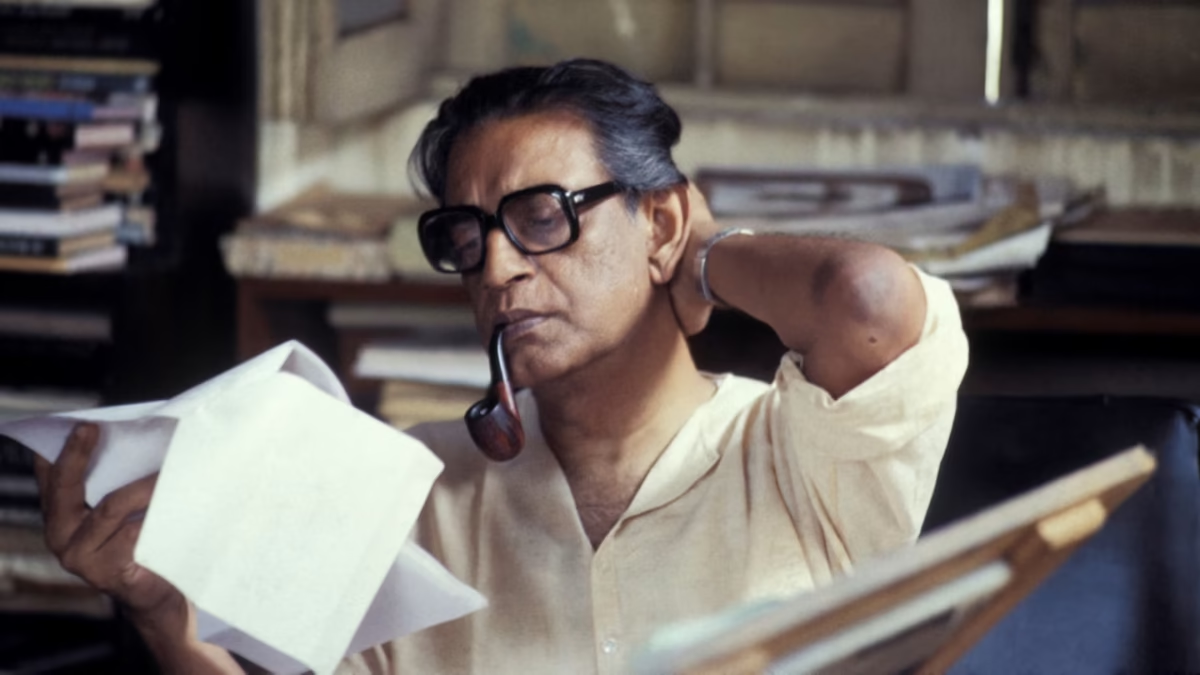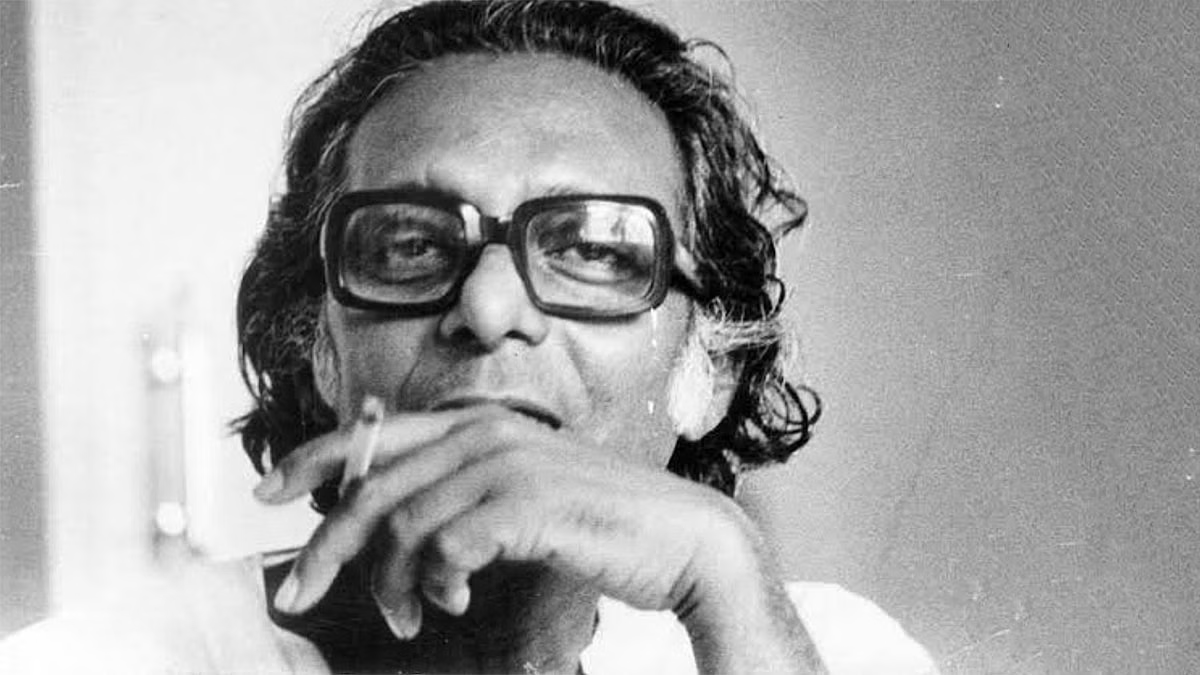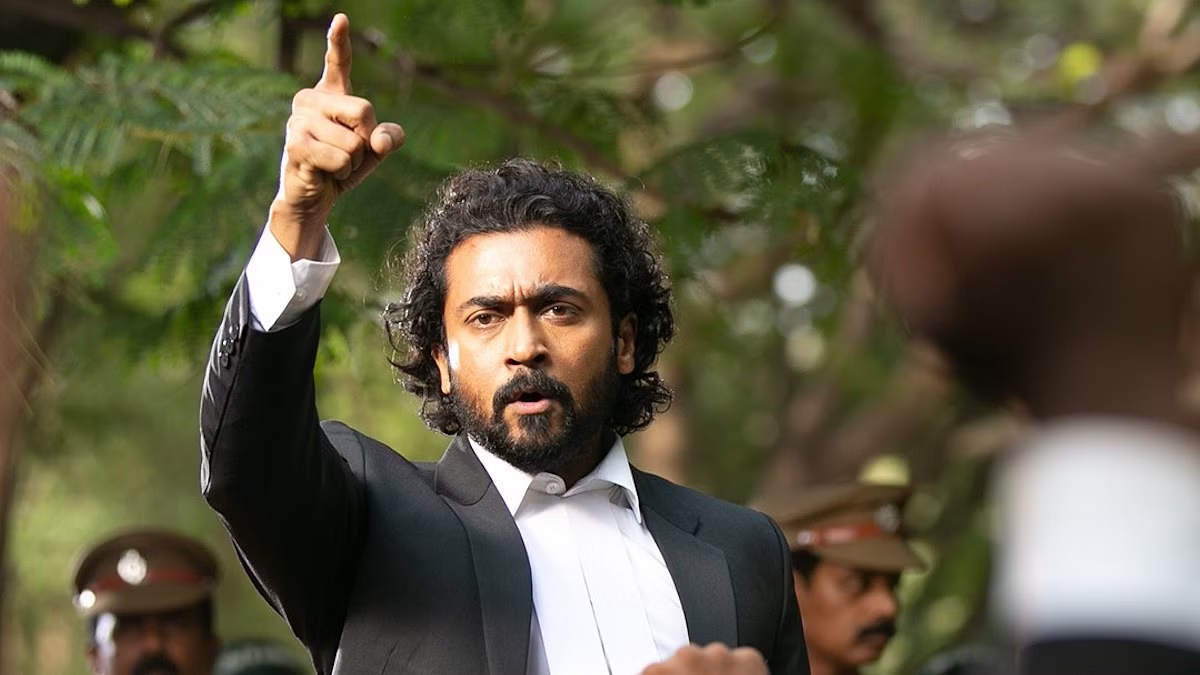Once ruled by Hindi & Bengali films, Indian cinema is now driven by Telugu & Malayalam industries. From mass entertainers to indie gems, here’s why the South is redefining storytelling.
For decades, Hindi and Bengali cinema dominated India’s film industry. Bengali legends like Satyajit Ray, Ritwik Ghatak, and Mrinal Sen set global benchmarks in storytelling with films such as Pather Panchali (1955), Charulata (1964), and Meghe Dhaka Tara (1960), earning India international acclaim. Meanwhile, Bollywood took center stage with big-budget epics like Mother India (1957), Mughal-e-Azam (1960), and Pakeezah (1972) before shifting towards masala entertainers in the 1970s and 1980s.
The Bollywood “angry young man” era, led by Amitabh Bachchan in Zanjeer (1973) and Deewaar (1975), made way for the romantic dominance of Shah Rukh Khan, Salman Khan, and Aamir Khan in the ’90s and 2000s. Films like Kuch Kuch Hota Hai (1998), Hum Aapke Hain Koun..! (1994), and Kabhi Khushi Kabhie Gham (2001) became household favorites, while Bengali cinema shifted from arthouse classics to commercial remakes of South Indian and Bollywood films.
However, the 21st-century digital revolution changed everything, paving the way for South Indian cinema’s dominance.
Rise of South Indian Cinema
The OTT revolution and satellite TV introduced dubbed South Indian films to North Indian audiences. Channels like Goldmine Telefilms brought Telugu, Tamil, and Kannada action films to Hindi-speaking regions, creating an unexpected fanbase for South Indian mass heroes.
The turning point came with Baahubali: The Beginning (2015) and Baahubali 2: The Conclusion (2017). SS Rajamouli’s grand vision, coupled with Prabhas’ pan-India appeal, shattered box office records, proving that South Indian films could outshine Bollywood’s biggest blockbusters. This was followed by:
- KGF: Chapter 1 (2018) & KGF: Chapter 2 (2022) – Yash’s gangster saga turned Kannada cinema into a pan-India force.
- Pushpa: The Rise (2021) – Allu Arjun’s mass appeal and unique mannerisms made this film a phenomenon.
- RRR (2022) – The Oscar-winning epic showcased India’s potential on the global stage.
- Minnal Murali (2021) – Malayalam cinema’s first superhero film proved South Indian storytelling is boundary-less.
- Manjummel Boys (2024) – A Malayalam survival thriller that outperformed many Bollywood event films.
While Bollywood struggled to produce fresh mass entertainers, South Indian cinema delivered content that felt grand yet rooted in regional culture.
The South’s Indie & Experimental Brilliance
Telugu and Malayalam cinema aren’t just about big-budget actioners; they have also excelled in meaningful, experimental storytelling.
- Drishyam (2013, Malayalam) – A game-changing thriller remade in Hindi, Tamil, and Telugu.
- Kumbalangi Nights (2019) – A bold take on masculinity and family dynamics in Indian cinema.
- Jai Bhim (2021, Tamil) – A hard-hitting courtroom drama, starring Suriya, tackling caste oppression.
- Ayyappanum Koshiyum (2020, Malayalam) – A gripping ego-clash drama, later remade in Hindi (Selfiee).
- Premalu (2024, Malayalam) – A romantic comedy redefining youth-centric narratives.
- All We Imagine as Light (2024, Indie) – India’s first Cannes Palme d’Or nominee in 30 years.
While Bollywood still relies on formula-driven films, Malayalam cinema has pushed storytelling boundaries with layered, content-driven narratives.
Why Bollywood Is Losing Ground to South Indian Cinema
1. South Indian Filmmakers Take More Risks
Unlike Bollywood’s over-reliance on remakes and studio-driven films, South Indian directors are more experimentative and willing to challenge norms.
2. The Power of Strong Writers & Directors
Visionaries like SS Rajamouli, Lokesh Kanagaraj, Vetrimaaran, Lijo Jose Pellissery, and Aashiq Abu have redefined Indian cinema.
3. Cultural Authenticity Wins
Bollywood films increasingly cater to urban, Westernized sensibilities, whereas South Indian films embrace regional traditions, emotions, and language.
4. OTT & Subtitles Have Changed the Game
Platforms like Netflix, Prime Video, and Disney+ Hotstar have made it easier for audiences to explore regional cinema beyond Bollywood.
The definition of Indian cinema is no longer Bollywood-centric. With Telugu and Malayalam industries leading the charge, Indian cinema is undergoing a major transformation. Today’s audiences are hungry for: Raw, authentic storytelling, Larger-than-life heroism without excessive melodrama, Visually grand yet deeply rooted narratives, Experimental and culturally rich storytelling.
South Indian films are no longer just regional—they are the face of Indian cinema’s new global identity. This isn’t just a trend—it’s the future of Indian cinema.
Will Bollywood adapt and reclaim its throne, or is the age of Telugu-Malayali dominance here to stay?
























